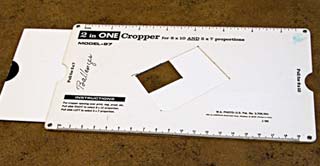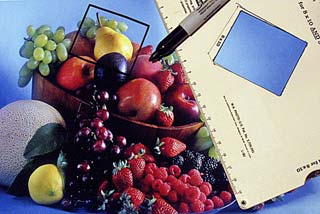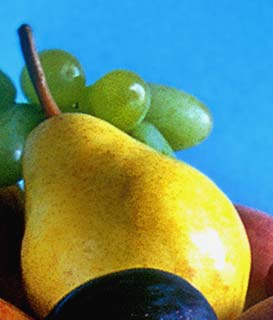
Copyright © Noella Ballenger
The overall shot. This is fine, but I know there is much more than one image in this set up.
While teaching my basic class for Apogee Photo Magazine, one of my students submitted some images of a lovely old car for an assignment. She did a really good job, but I felt that she needed to push more and develop a sense of creative vision.
Photographers talk about having a “good eye”, but very few define it or tell how they developed it. So let’s get into it. When I talk about a “photographer’s eye”, what I’m really talking about is the ability to see and to show the audience something in a special way. But how can a novice who is just learning the camera begin to develop that unique vision?

Copyright © Noella Ballenger
Making that photo more special…
One thing that can make a difference between an ordinary shot (you know the one … I was here and I saw that) and a shot that is special is the ability to move past the overall image. You need to be able to interpret your vision in an exciting and intriguing way for the viewer and that can’t happen until you are able to “see” … really “see” … what is there.
Let’s say we are on a trip and something really attracts our attention–it grabs us. Most tourists will take one shot and then move on. A good photographer will try to define what it was that caught their eye. They may define that in terms of design … the texture, the shape, the size, the color or the light for example. They then will look for many different ways to zero in on what compelled them to stop and then try to take shots of that object in a number of ways. This method of handling what we find is important, but how does that photographer know how or what to explore? How does that photographer even decide what grabbed their attention?
Here is some help for those of you who want to move forward in your ability to really learn to “see” what is there and how to zero in on it for maximum impact on your viewers.
The “Cropper”
One of the best methods that I know of to develop a “photographer’s eye” or as I call it, “Creative Vision”, is to use the cropper. A cropper is a wonderful device that is basically two pieces of card board with a hole cut in each one. When you pull one end or the other, the size of the hole changes and allows you to see pieces and parts of an image cropped in a standard print size. In the new, modern world of Photoshop, you can use the cropping tool or you can purchase special plug-in programs that allow you to crop to an exact print size.
My cropper was purchased in the 1970’s and I’m not even sure if it is still made, but I wanted to share with you a slower, less technical way to do the exercise. Sometimes it is just too easy to just push a couple of buttons without thinking about what you are trying to do.

Copyright © Noella Ballenger
This is the old cardboard cropper that I like to use, but “creative cropping” can also be done in the computer program you use for image enhancement. Just be sure to make a duplicate of the master image.

Copyright © Noella Ballenger
I use a print of the image and mark on it the variety of crops that I could make.

Copyright © Noella Ballenger
A photo within the original photo.
The Exercise
Here is the exercise that I use (and I still do it just to stay sharp) to help me move past the ordinary overall shot and learn to see more creatively.
First I make an 8” x 10” print of an overall shot. I like working with a print initially because it helps me see the whole picture and find new images within that print all at the same time. It can also be done in the computer, but for me it is more effective using a print. However, if you are going to do it on the computer, you need to remember to duplicate the image you are working on so that you won’t crop into the master and take the chance of loosing the entirety of the photo.

Copyright © Noella Ballenger
And there are always more & more photos…..
by Noella Ballenger

Leave a Reply